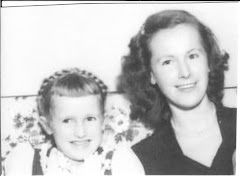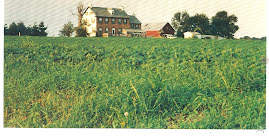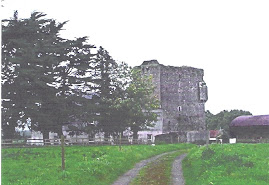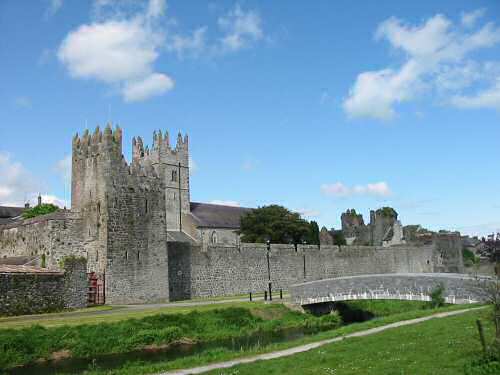My Carrows , although thought to be Irish are in this country since 1643.Not famine surely although Irish "troubles" were evident in 1643 and throughout the centuries.
The Faunt family ( how we spelled it) and their early immigrating cousins the Fants of Virginia as well as Faunt/Fant/Fonts who went to other lands and countries have histories which tell another tale.
How do we know they are related? 8 men have tested their DNA and of the 7 men who have results back 5 of them match each other in a fairly small sublade which was first called"Sardinian I1b", the newer version is called I2a1 or " I-M26"..still matching lots of Mediterranean folks.
Two other men have paper trails to the same families although they do not match on the Y chromosome.
Another cousin had said this today regarding the concept of Famine Irish and Socio-Economic status:
There could very well have been different lines, but this is what I know about mine:
Richard Faunt (my 3xgr-grandfather) held various parcels of land in co. Westmeath near Mullingar - these are recorded in documents in the Registry of Deeds.
- Some of this land was assigned in a deed of Marriage Settlement between Richard's son Henry and Elinor Egan (my 2xgr-grandparents). There was also a bond of £1000 in case Elinor survived the term of the lease.
- Henry and Elinor were married in St. Mary's church in Dublin in 1816. It was Church of Ireland (i.e., episcopal).
- Elinor came from a prominent Catholic family in co. Galway. Her father was a doctor in Dublin and a member of the Royal Society of London. A close relation was Boethius Egan, the Catholic Archbishop of Tuam. Another relation, John Egan of Tuam, died in 1846 leaving an estate of £18,608 (worth over £1,000,000 today).
- The children of Henry and Elinor were baptized in the Catholic church in Mullingar, but in Canada Henry and his family are listed in the various censuses as Church of England and one of their children - Ellen (my gr-grandmother) was married in the Anglican church in London, Ontario.
- both Henry Faunt and his older brother Thomas were officers in the British Army. Thomas held land in co. Cork and left an estate of £6894 (worth about £400,000 today).
from Kath:
I had thought Catholics could not own property during this time so I have not even checked for records but will do so..
My men, in addition to the British Army history were Nailers which was Trade that allowed them to be part of the town of Fethard itself:
"Should the walker turn left at the dance hall rather than right over the bridge leading into the town he would find himself in Kerry St. and on the road to Clonmel. In the days when nails were made by hand in a forge rather than by machinery in a factory, Kerry St. was the place where the Fethard nailers lived and worked. Tradition has it that their workshops were situated on the left side of the street as one goes toward Clonmel. Specimens of their long, sharp produce can still be picked up about the town."John McDermott felt that Patrick Fant who was found in Griffith's Valuation in Knockkrour Kilbeheny Limerick was likely father to William from Fethard Tipperary..
four men are nearby to where I find my folks in 1838-50 one is Patrick one is one of our William others are Robert and Michael
Here :
Patrick Fant: Lessor, Earl of Kingston, Mitchellstown & Kilmallock Limerick
Robert Fant: Lessor Thomas Guiry,Groom,Kilmallock Kilmeedy Parish Lim.
Michael Fant: Lessor Wm.Grogan Kilmallock & Mallow,Ratggoggan Cork
William Fant:Lessor John Gleeson Cashel & Tipperary Fethard Tipperary ( on Cashel Road )
None of these men owned the land..Alfred Fant in Galway did not own his land...although he may own the land in Westmeath..if that is him
It is very interesting to me to look at this now as we know so much more..
My William's brother Patrick goes to Kilmallock in later years..
If Patrick Fant who is in Kilmallock in 1852 but gone in 1855( likely he dies) was father to my older William then that could be a reason..
he surely is NOT the oldest son because of the naming patterns..
William who is on Cashel Road in Fethard was there because of his occupation as Nailer..as likely was the "other" William who is surely a cousin..
their cottages may have been hereditary also..the occupation was..












No comments:
Post a Comment